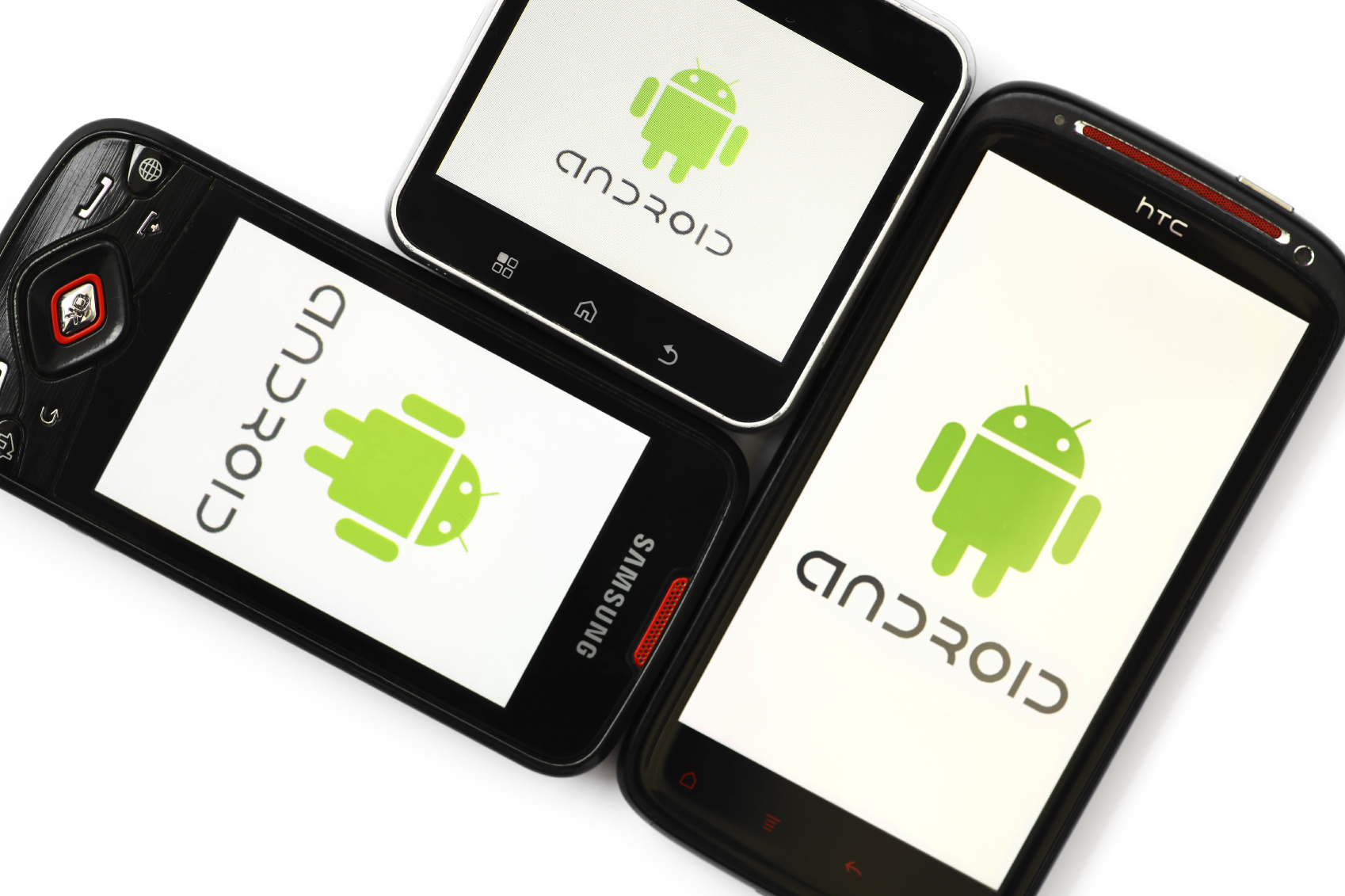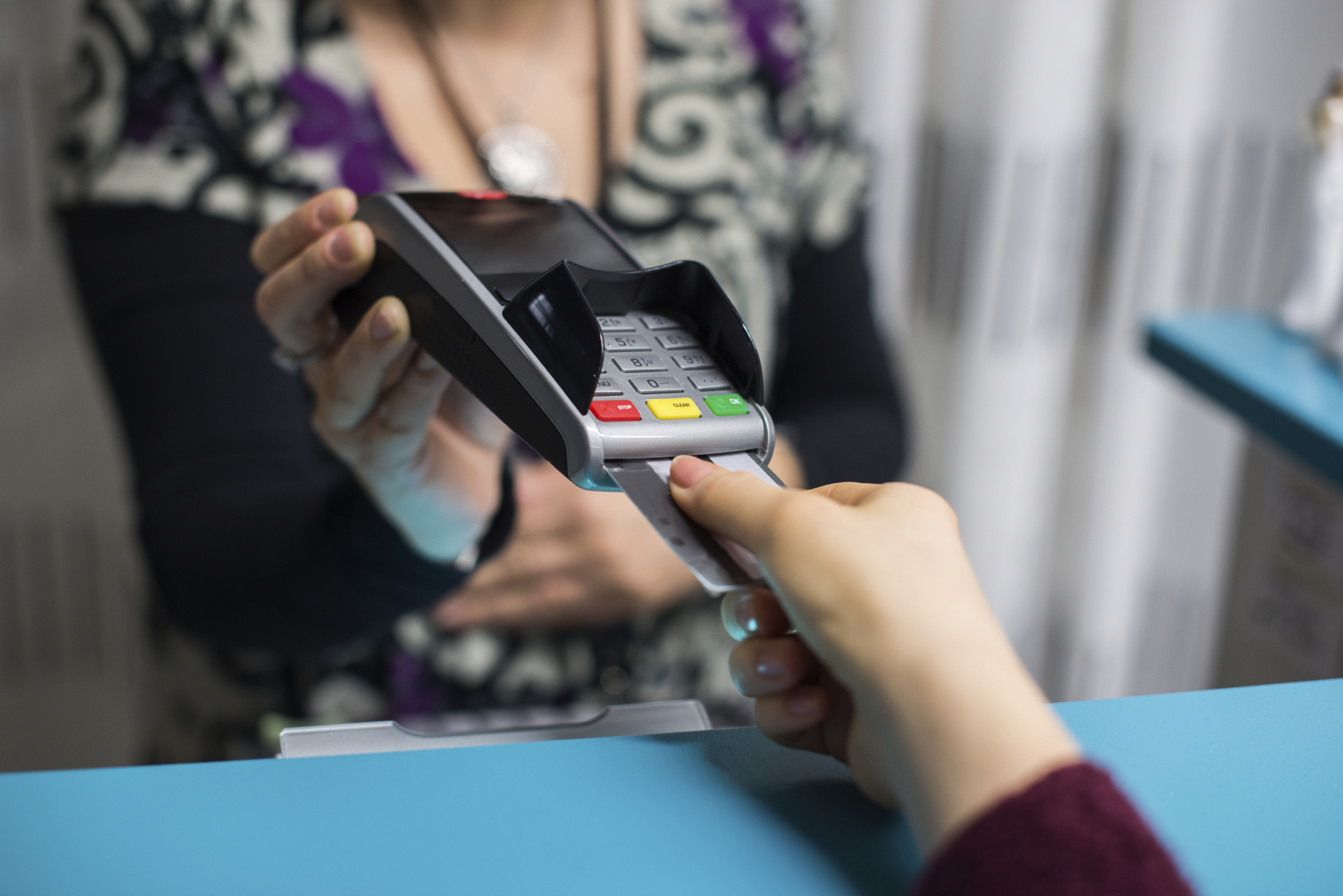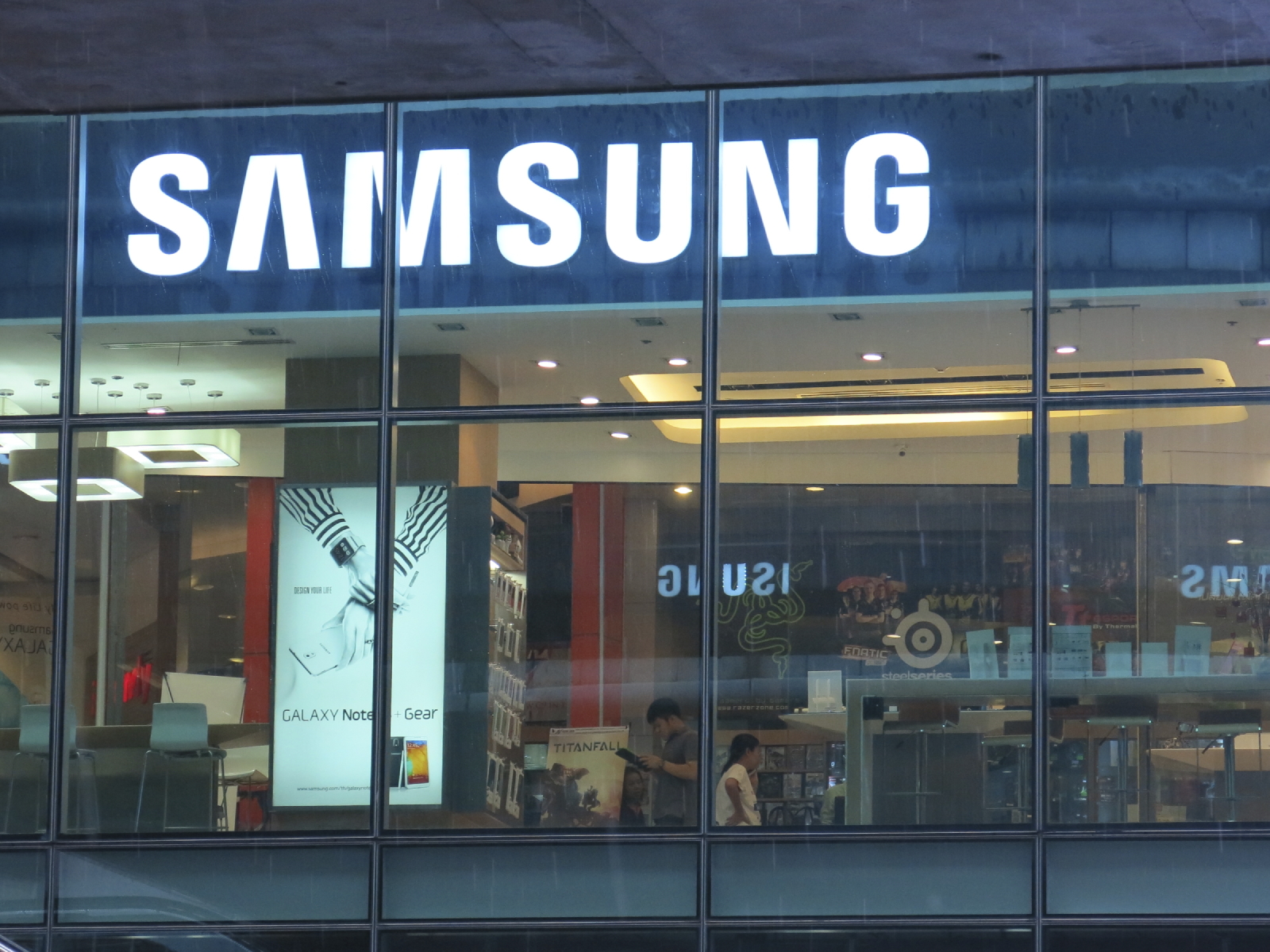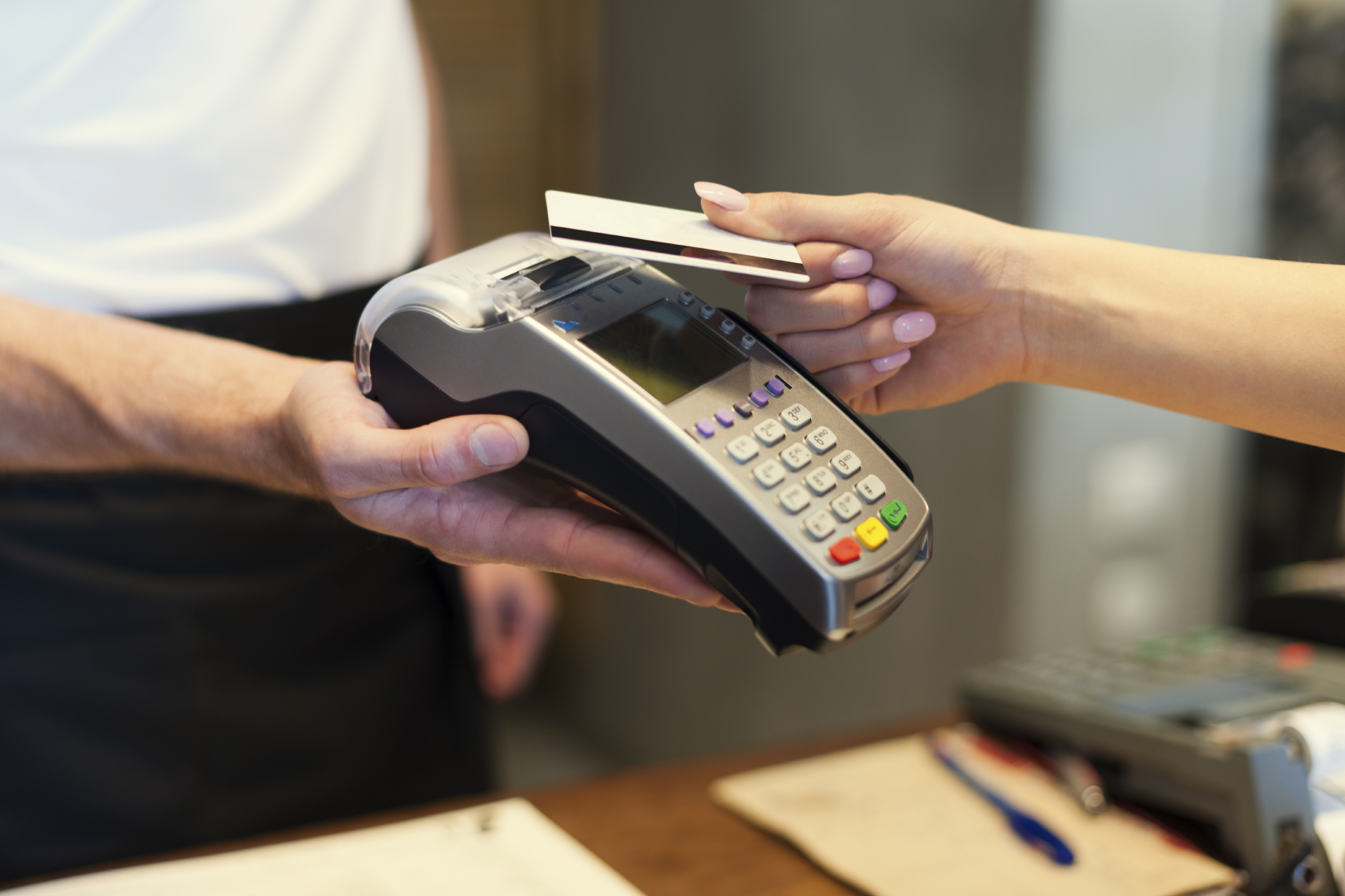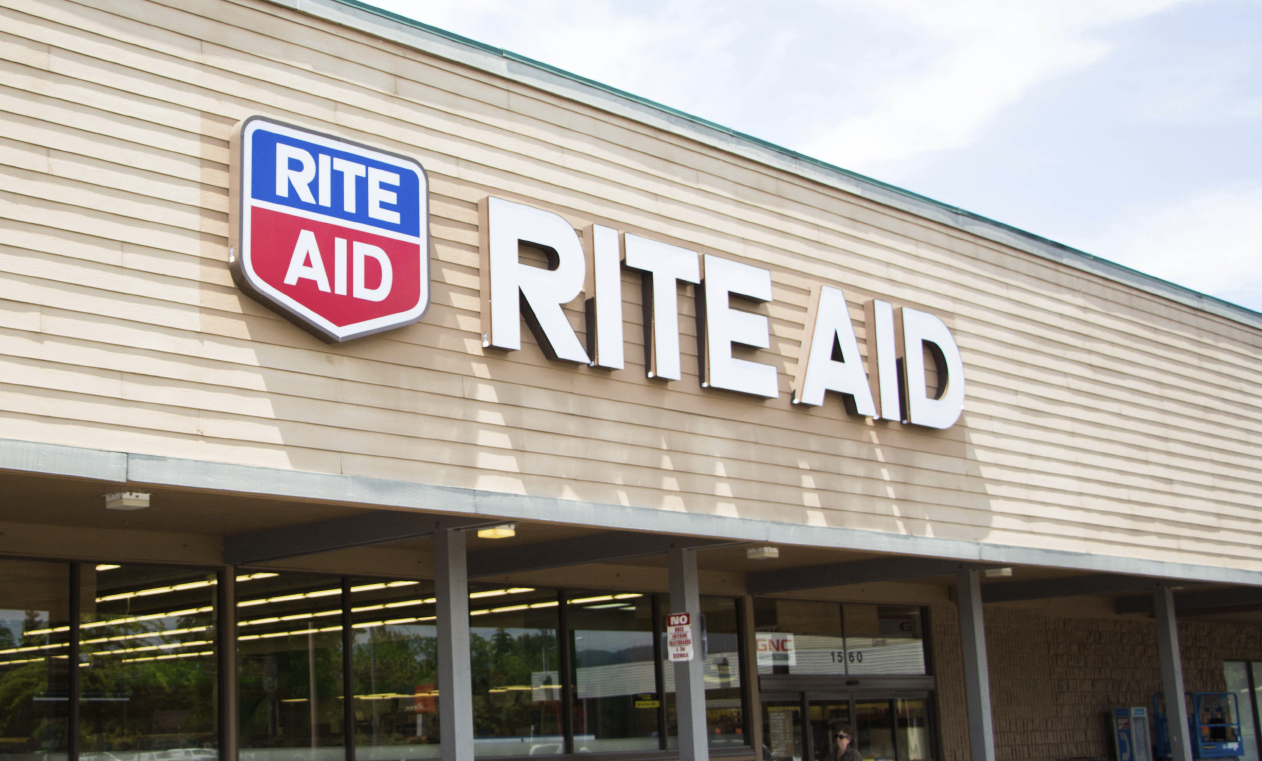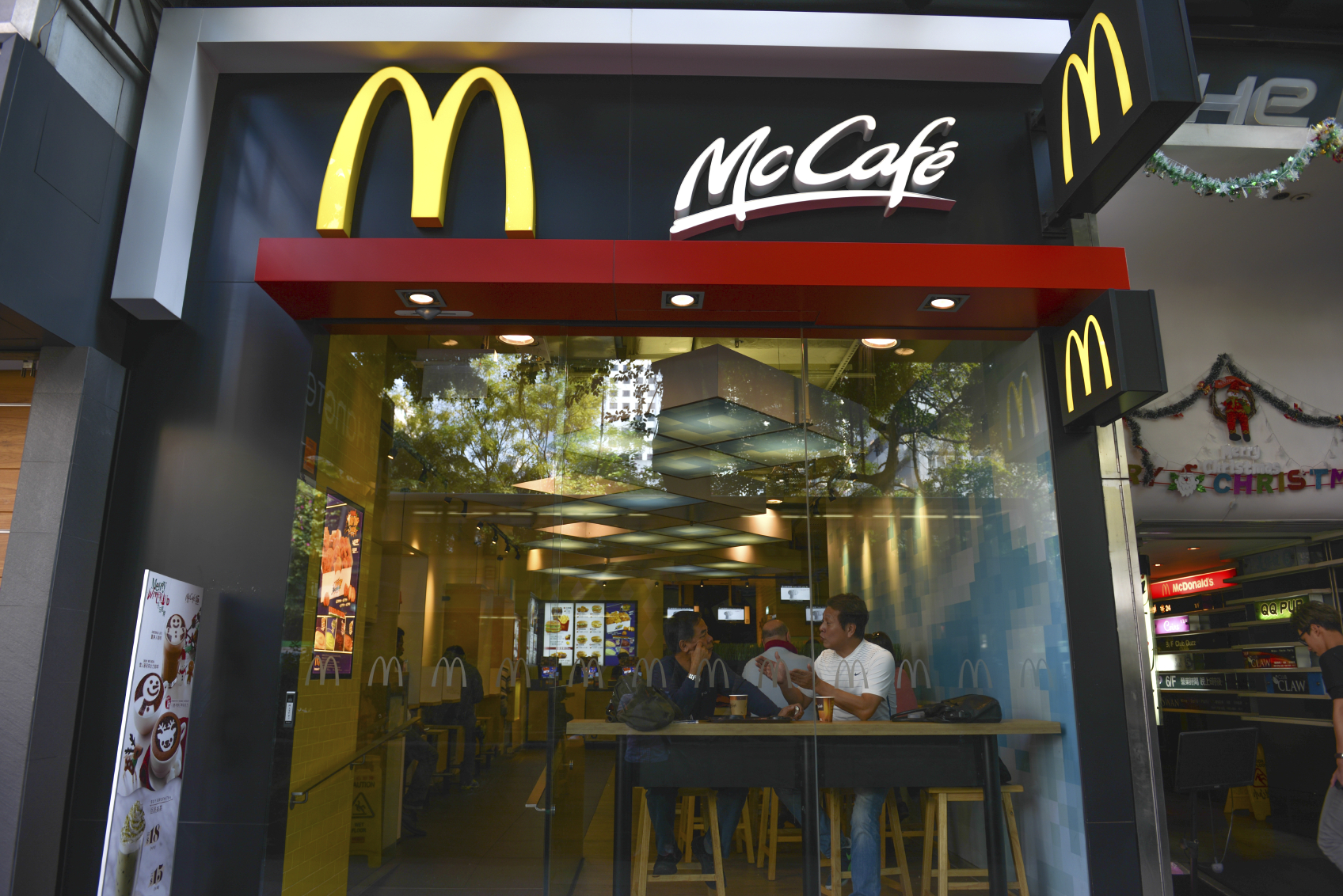What Happened
Apple is pushing Apple Pay worldwide with a new partnership with American Express, which will bring Apple’s mobile payment solution to consumers in Australia and Canada soon, before expanding to Spain, Hong Kong, and Singapore in 2016. Apple Pay is said to be growing by double digits, according to CEO Tim Cook during Apple’s Q4 earnings call yesterday. Previously, Apple Pay launched in U.K. in mid-July, marking its first entry into international markets.
Market Impact
Since its initial launch over a year ago, Apple Pay has come a long way, gaining growing acceptance at retailers around the U.S. Earlier this month, Starbucks, KFC, and Chili’s became the most recent companies that added support for Apple Pay in their stores nationwide. Now with AmEx’s help, Apple is set to push Apple Pay into more global markets, expanding its scope and capturing more users in the process. For brands that have presence in those aforementioned markets, this presents a good opportunity to target local consumers using Apple Pay’s integration of reward programs.
Source: Re/Code


